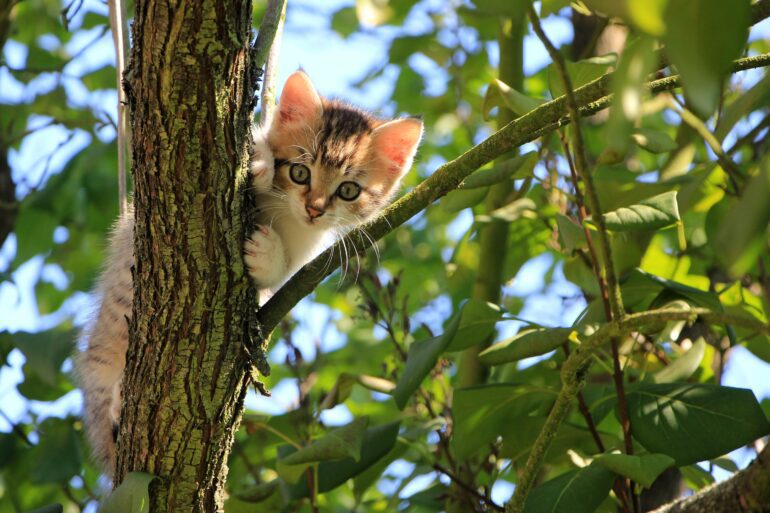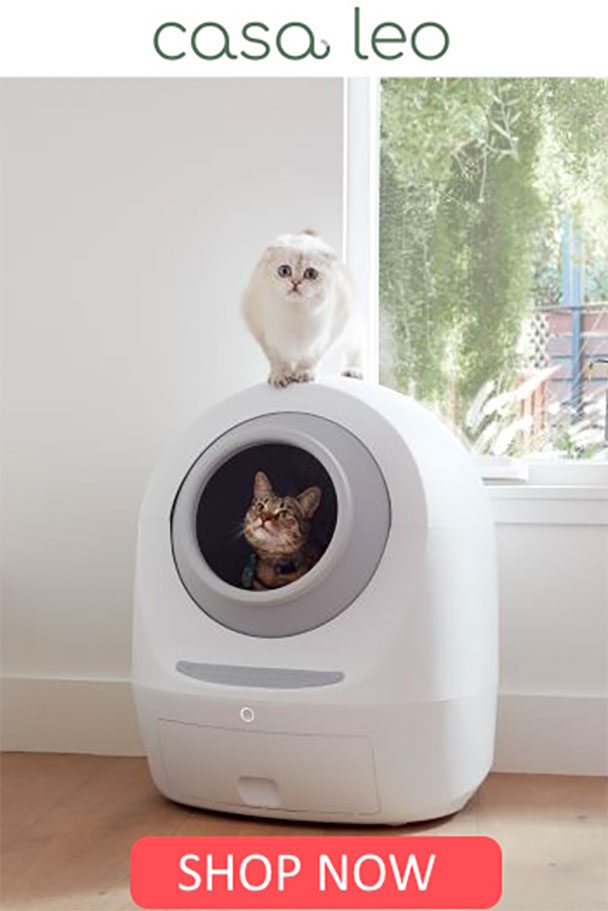Welcome to our essential guide on pet-proofing your new home! As a pet owner, your furry friend's safety is a top priority, especially in a new living space. This guide offers practical tips and strategies to create a secure environment for your companions. We understand that each animal has unique needs, and we'll help you address those with effective solutions. From safeguarding indoor areas to ensuring outdoor spaces are escape-proof, we've got you covered. Plus, we'll cover how to keep your pet safe and comfortable during a long-distance move. Get ready to transform your abode into a haven for your beloved companions.
What Does Your Pet Need?
Understanding your pet's needs is crucial for creating a safe and welcoming environment in your new dwelling. Each animal, whether a playful dog, curious cat or serene fish, requires specific considerations. Recognizing their unique behaviors and preferences is key. For instance, cats love to climb and explore high places, so ensuring shelves and counters are safe becomes essential. Dogs, on the other hand, might need a dedicated space where they can relax and feel secure. Small companions like hamsters or birds require their own unique set of safety measures, often involving secure cages and safe materials within their reach.
Adapting your home to these needs not only promotes their well-being but also prevents potential mishaps. It's about crafting an environment where your furry or feathered companions can thrive and explore safely. This proactive approach goes a long way in making your new house feel like a true home for every member of your family, paws and all.
Secure Indoor Spaces
When pet-proofing your new home, securing indoor spaces is a priority. Begin in the living room, a common area for pets. Ensure loose wires are out of reach and small objects, like remotes, are not accessible. Animals, driven by curiosity, can easily swallow or damage these items.
In the kitchen, it's crucial to keep cleaning agents and foods away from pets. Many household cleaners contain chemicals that can harm animals if ingested. Also, some human foods are toxic to animals, so always keep them out of reach.
Bedrooms require attention too. Medications, small clothing items and personal belongings should stay away from pets. These objects can be hazardous if ingested. Regularly inspect these areas to maintain a safe environment.
Windows and balconies in your home present potential risks. Ensure these areas are secure to prevent any accidental falls or escapes, especially in high-rise dwellings.
Lastly, reevaluate your decorations and houseplants. Many plants, while aesthetically pleasing, are dangerous to animals. Replace any harmful flora with pet-friendly alternatives. This ensures your companions can safely explore their new surroundings.
Outdoor Safety Measures
When pet-proofing your new home, don't forget the importance of outdoor safety. Check fences and gates thoroughly for gaps or weak spots that might serve as escape routes for adventurous animals. Strengthen these areas to ensure your furry friends remain safely within the confines of your new abode.
Toxic plants pose a hidden danger in gardens and yards. Research common toxic flora and remove any that could harm your animals. Opt, instead, for pet-friendly landscaping options. This creates a safer play area for your four-legged friends.
Consider the layout of your outdoor space. Designate areas for your companions to explore, play and relax. This helps them adapt to their new environment while staying safe. Keep hazardous tools and chemicals securely stored. Items like lawn mowers, fertilizers or pesticides must stay out of reach.
Lastly, ensure there's ample shade and water available. This keeps your companions comfortable and hydrated, especially on warm days. Regularly check these outdoor areas for potential hazards. Keeping your furry family members safe in their new surroundings is an ongoing commitment.
The Moving Process: Pet-Proofing on the Go
If you are a pet owner, navigating a moving process to your new house, especially a long-distance one, requires thoughtful preparation to ease the transition for them. First, familiarize your furry friends with their travel carriers. Introduce these carriers as safe, comfortable spaces well before the move. On moving day, keep them secure and calm in these carriers.
Once you arrive, prioritize pet-proofing your new home. Start by setting up a dedicated space for your companions, complete with their favorite toys and blankets. This familiar spot will help them adjust to the new surroundings. Inspect the house for potential hazards: secure loose wires, ensure windows have sturdy screens and check for any small spaces where a curious animal might get stuck. Gradually introduce your animals to different areas of the domicile, monitoring their reactions and making adjustments as needed. This gradual approach helps your companions feel at home while you ensure their new environment is safe and welcoming.
Emergency Preparedness
Transitioning smoothly into emergency preparedness, it’s crucial for animal companions and domestic settings. Start by formulating a pet-friendly emergency plan. Include essential contacts like nearby vets and animal hospitals. Always keep a well-stocked first-aid kit. This should contain bandages, antiseptics and your pet’s medications. In addition, maintain a list of pet-friendly accommodations in case of evacuation. Regularly update this kit and list, considering your furry friend’s evolving needs. Equally important is practicing evacuation routes with your companion. Familiarity reduces their stress in actual emergencies. Finally, ensure identification tags and microchips are up-to-date. This aids in swift reunions if separation occurs.
Regular Maintenance and Updates
Ensuring the safety of your animal companions as they adjust to a new home involves continuous vigilance. Initially, inspect your house monthly to identify potential hazards. Look for loose wires, accessible cleaning agents or small objects they might swallow. Gradually, you’ll develop an eye for spotting risks, allowing for quicker, more efficient checks.
As seasons change, so do the dangers. Winter may bring anti-freeze spills in the garage, while summer could introduce toxic plants in your garden. Stay vigilant and adapt your safety measures accordingly. Regularly update your emergency kit, too. Include fresh food, water, as well as updated medical records for your furry friends. This proactive approach ensures their well-being, giving you peace of mind in your dwelling.
Final Thoughts
In wrapping up, we’ve navigated the essentials of pet-proofing your new home. Every nook and cranny of your living space can transform into a sanctuary for your furry friends. Keeping their safety in mind, we’ve explored indoor hazards, outdoor precautions and also the subtleties of moving long distances with pets. This guide equips you with the tools to create a haven for your animal companions in your new abode. Embrace these strategies and watch as your home becomes a secure, pet-friendly oasis.









